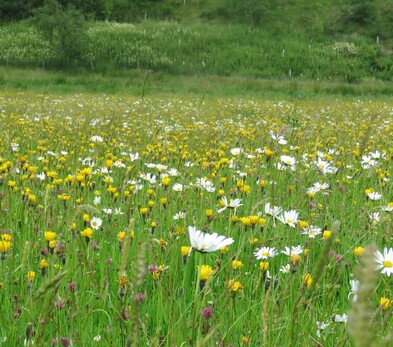 HIgh Borrowdale hay meadow 4 July 2022
HIgh Borrowdale hay meadow 4 July 2022 Borrowdale Beck and water-tracks draining off the fells bring music to the dale. Puddles along the track reflect a skyscape where rain is never far off and the sun spotlights a distant fell, for a moment.
Sand martins dart into nest-chambers in the steep bank of the beck, fewer than last summer. I hope their young have fledged and are on the wing. Borrowdale Beck is a tributary of the River Lune. This is Shap Borrowdale with Borrowdale Beck flowing beneath the Shap Road (A 6) at Huck's Bridge.
The hay meadows are golden with a scattering of white ox-eye daisies which make a striking pattern with the whiteness of the sheep against the green fell-side. Tradition is preserved at High Borrowdale where stone walls, barn and farmhouse have been restored and the hay meadow is a recreation, begun in 2005.
Above Seatoller, the River Derwent looked gentle enough, confined by a stone revetment as it flowed through pastureland, but above Derwent Head at the foot of Seathwaite Fell it changed its name and assumed a wilder character. Here Styhead Gill and Grains Gill came together and dumped their load of rock debris on the valley floor and the erosive power of water was visible all around.
Above Grains Gill I heard cries that made me stop to contemplate a zone of crags, outcropping rock and screes below the summits of Glaramara. inhospitable terrain of an austere beauty. A series of green gashes showed where gills with waterfalls and chutes of rock debris poured off the fell. Most secret, most dramatic was Red Beck whose rock gorge breached the skyline and its twists and turns, its birch trees and waterfalls showed but dimly. The fell-profile changed where a grassy shelf underscored the steepest ground, and below came friable material dumped by a glacier and since cut through with watercourses draining down to Grains Gill and the Derwent. Here the ground appeared green, in a rhythm of upturned boats- their hulls rippled with fine-ground earth.
Walking alone, I respond to whatever the day brings. I might head up onto the Glaramara ridge or I might not -the tops were in cloud and here was a fresh perspective. I was looking into secret places, the domain of shepherds whose calls I heard long before I could find them. Below the skyline, sheep appeared with tell-tale spurts of movement, driven by unseen dogs. Somewhere high on the ridge shepherds were gathering and in this rugged terrain they seemed a mythic presence- those evocative cries might have come from Viking settlers who imposed their farming traditions on these fells and named its landscape features fell, force, gill, beck, tarn and dale are of Old Norse origin. How might they gather their scattered sheep and bring them safely down into the dale? Red Beck gorge was a hazard to be avoided but maverick ewes scrambled up out of the lower reaches of the gill whilst others trotted down along the bank. Like long ropes of pearls, kinking and spilling, sheep came down beside a green-gash gully, crossed at the grassy terrace, swung north and contoured single-file toward an eroded basin littered with rock and scree where Red Beck met Grains Gill. Voices echoed up on the flanks of Glaramara, coming out of the cloud, shepherds with their dogs were gathering wayward ewes which had been on the fell all summer. As they descended their whistles and calls became clearer, an urgent ‘lie down, lie down’ then a sequence of snarled Viking oaths. They shrugged off Old Norse and the aura of Viking as they approached the dale and became distinct. Two shepherds and their dogs brought up the rear as their flock passed a sheep-fold and came together before an intake wall for a time of respite. There were horned Swaledales, the black pearls of Herdwick hoggs yet to be sheared and their silver-white mothers, and ewes with Etruscan profile and erect ears. They set off again along the terrace toward Stockley Bridge and the track down to Seathwaite Farm. Stockley Bridge lies on a popular route, and here came a collision of tourism and agriculture with walkers heading up the dale as the flock headed down. Twelve dogs in mottled seal-skin camouflage now closed in behind sheep gathered above the bridge and pouring down onto the footpath. Spooked by a walker, they broke away down the bank and into the bed of Grains Gill, dogs in pursuit and splashing through water and rock-debris as a third shepherd gathered them in. I fell into conversation with a young couple, their child sleeping on his father’s back, and as the flock made slow progress along the footpath we kept in the rear. The family was staying at a cottage in Seatoller and, like me, they were awed by the skill of men and dogs bringing their sheep off this steep and rugged fellside. Here was the gritty reality of pastoral. From those distant and elusive calls how they take on substance! A gang of three shepherds and a dozen dogs gathering off Glaramara! Back at Seathwaite farm, with the sheep penned, I chatted to one of the shepherds and heard that they would be gathering on surrounding fells for the next few days. They were to separate lambs from 35 ewes, keeping all the females- this year’s lambs would not mate but would be left to grow out first. All was silent and I wondered if the dogs were back in their wooden sheds beside the toilets.
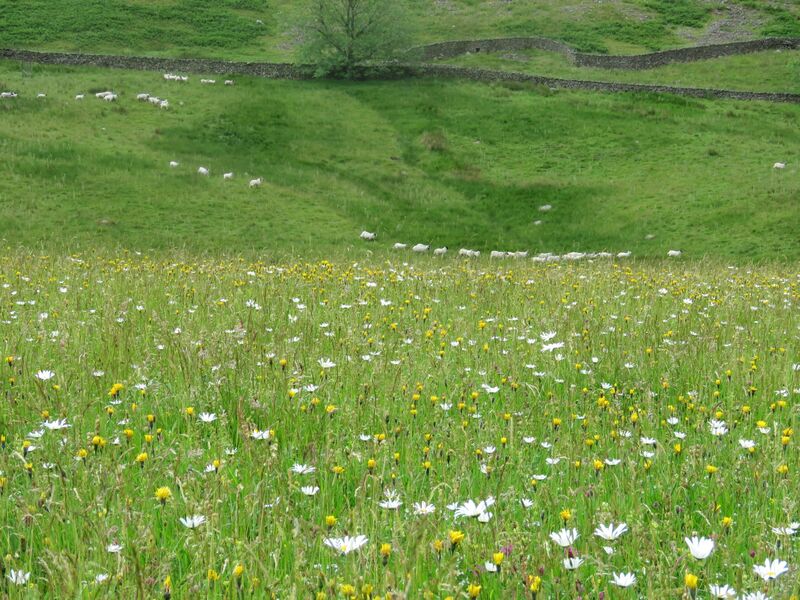
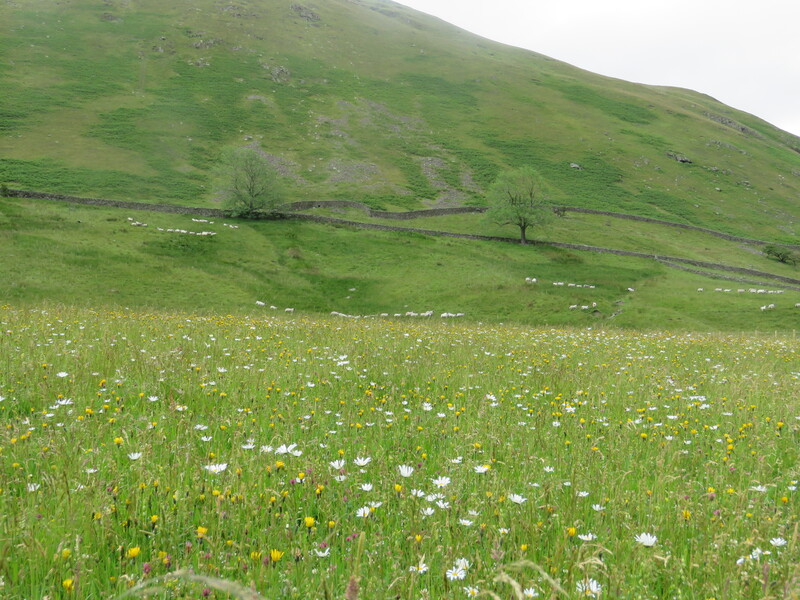
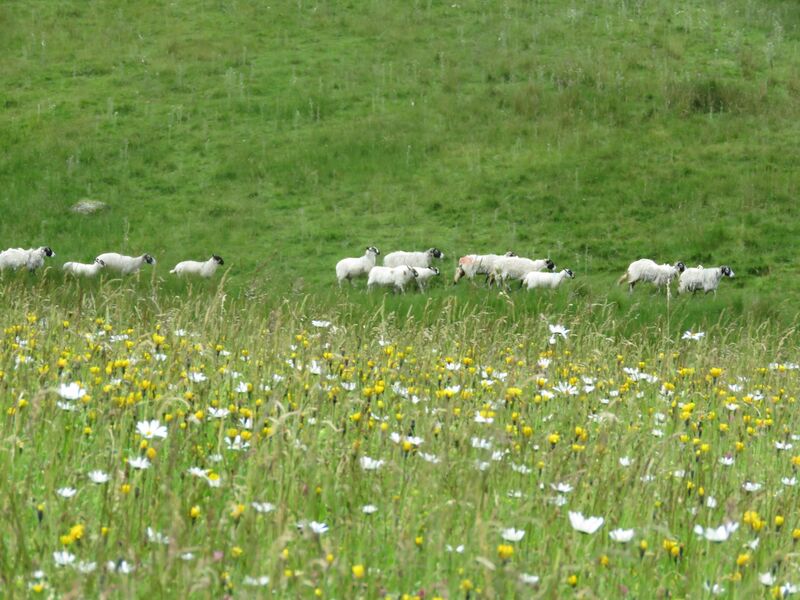
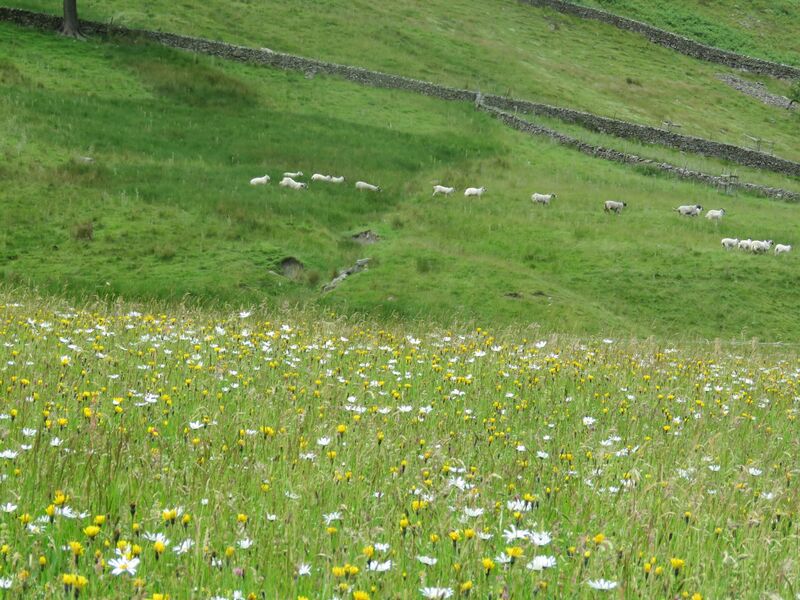
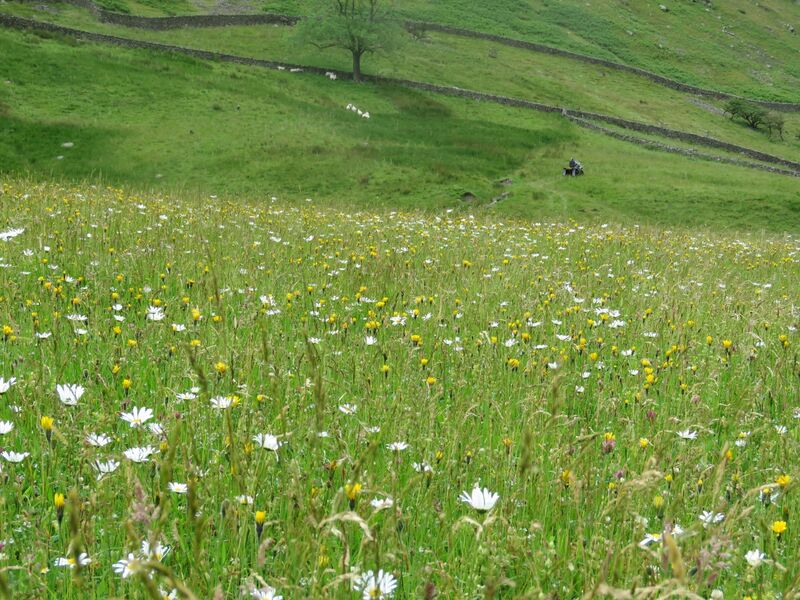
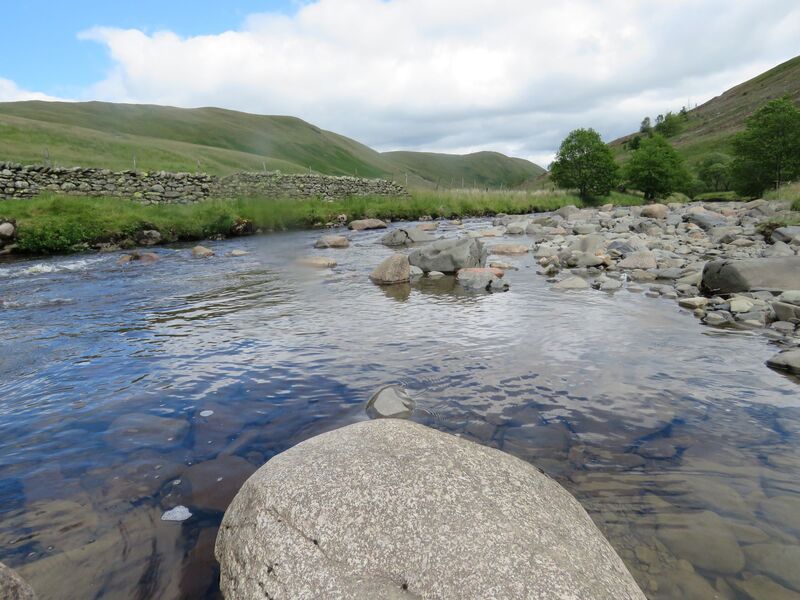
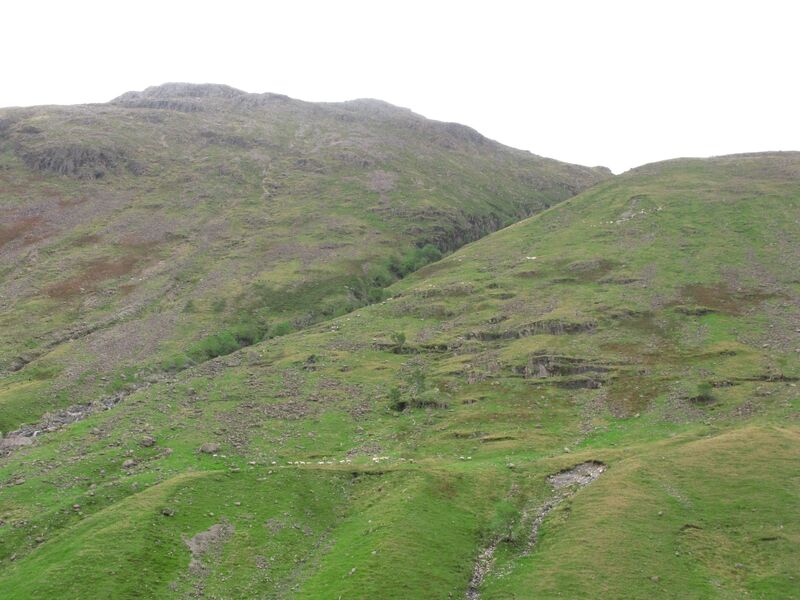
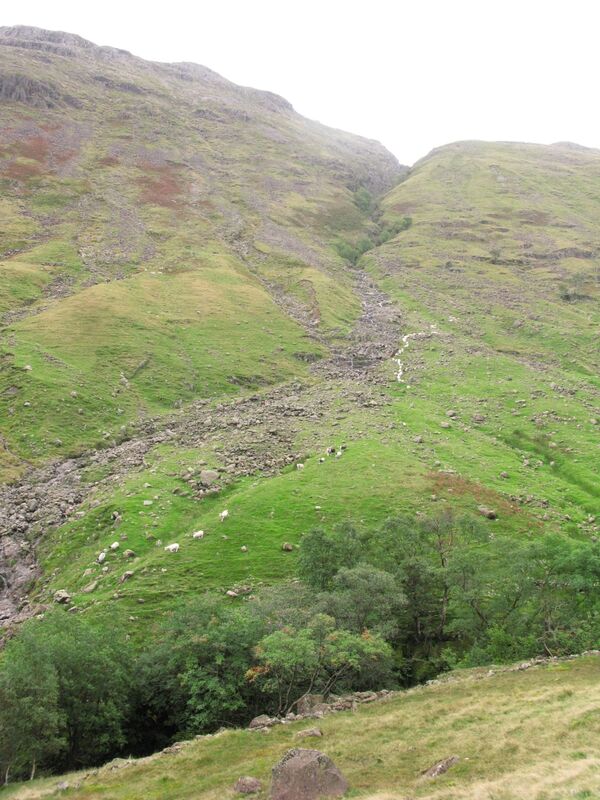
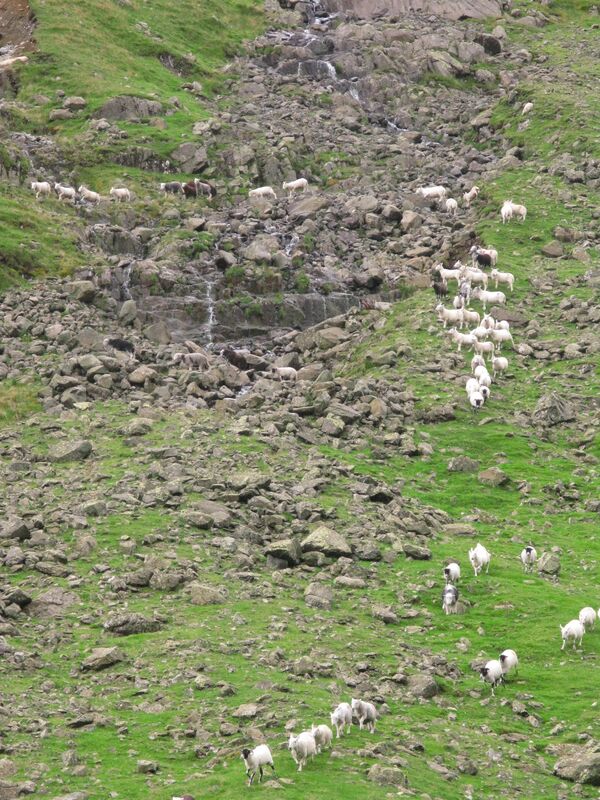
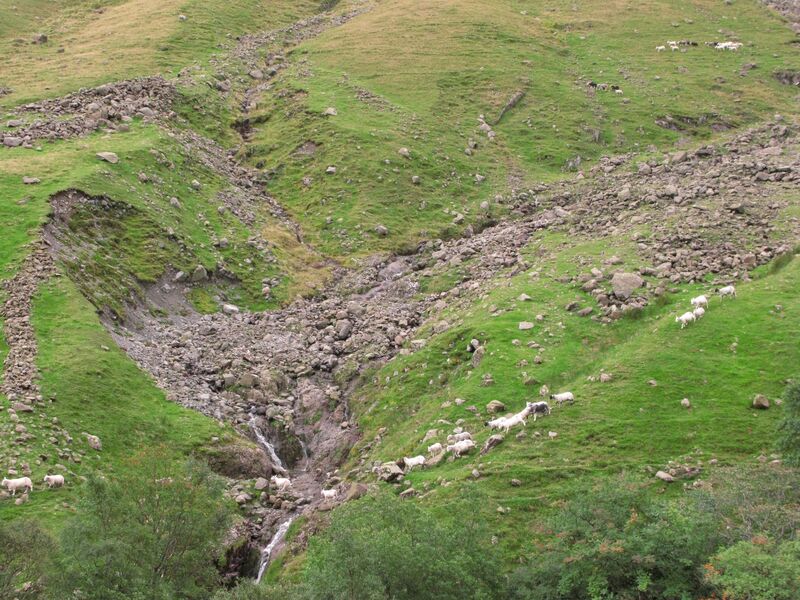
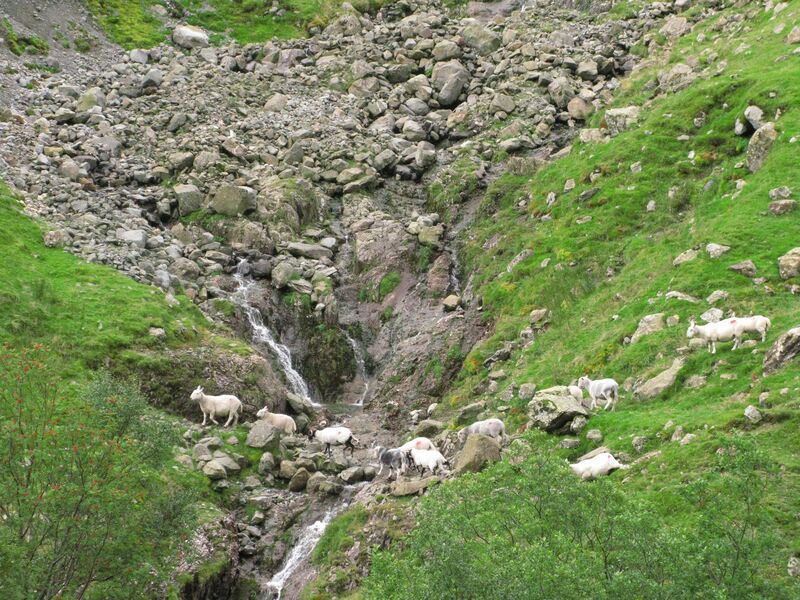
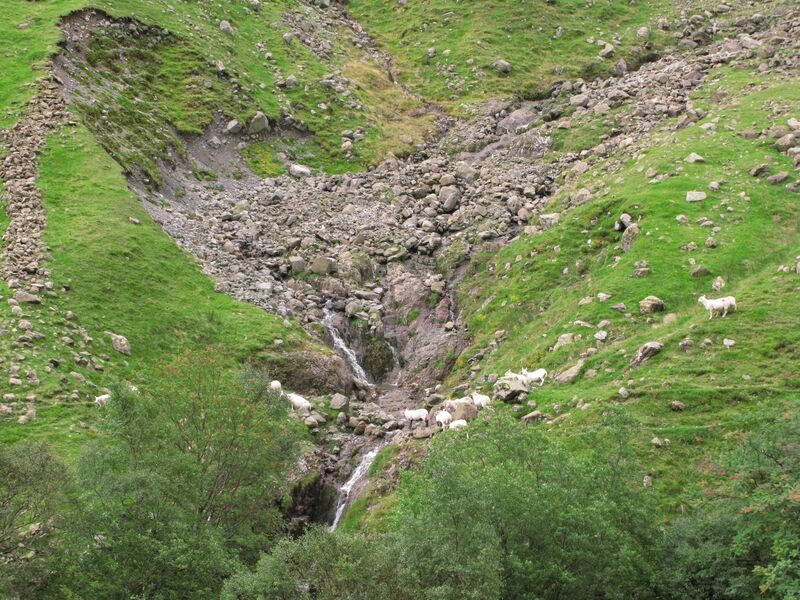
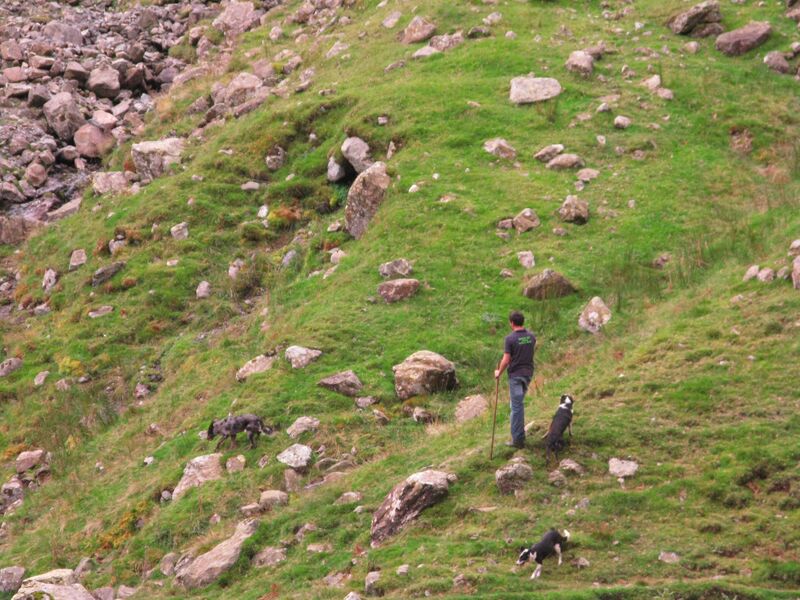
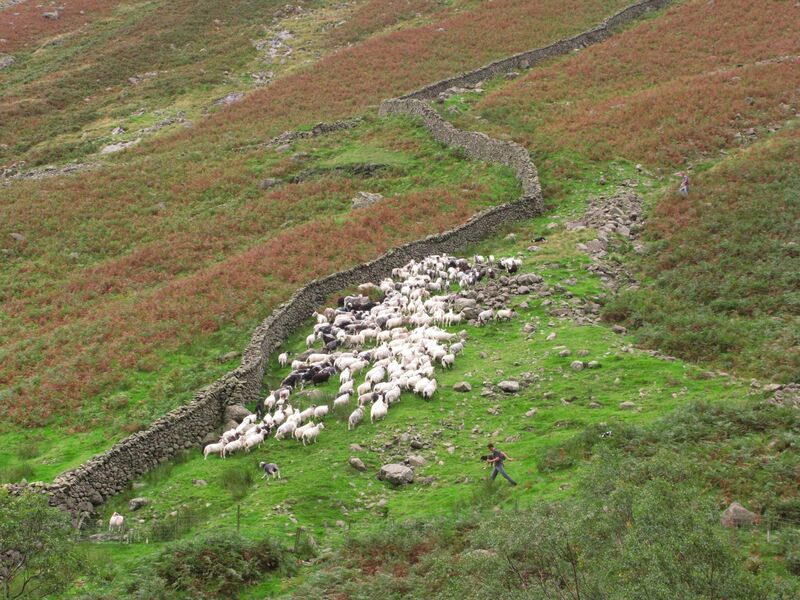

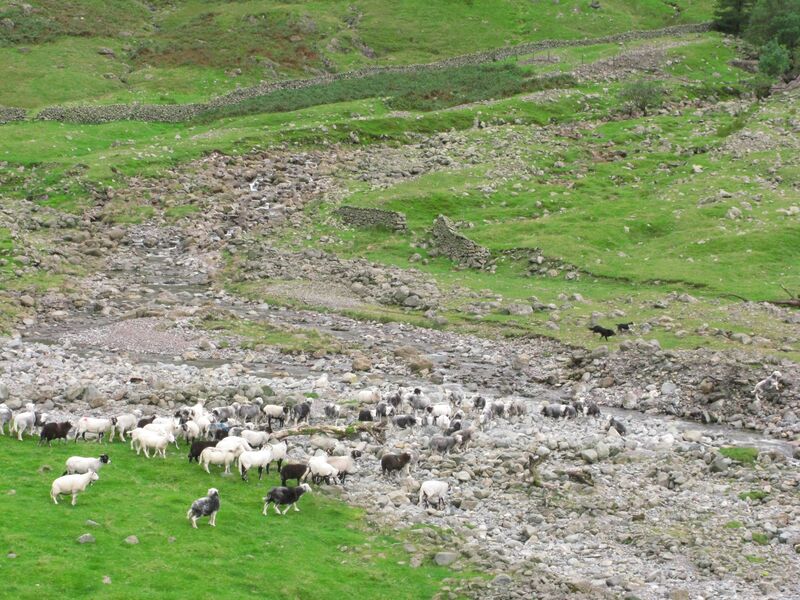
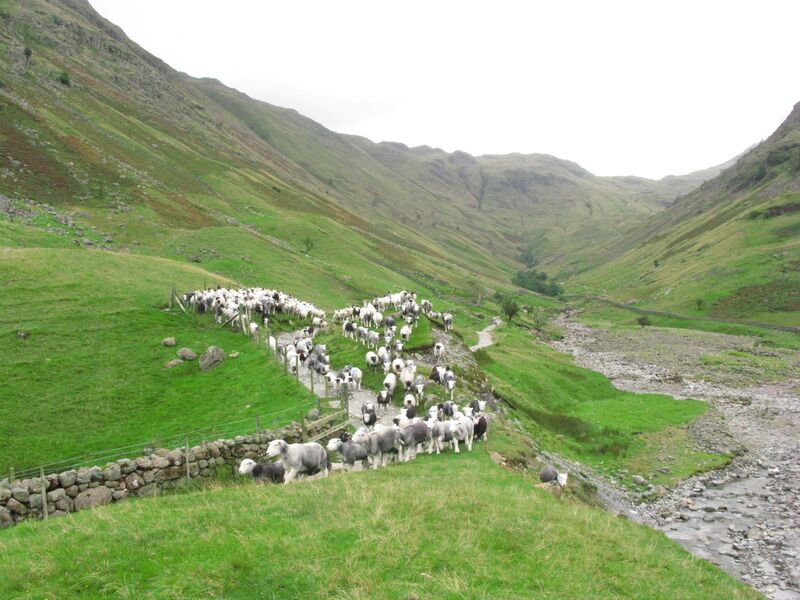
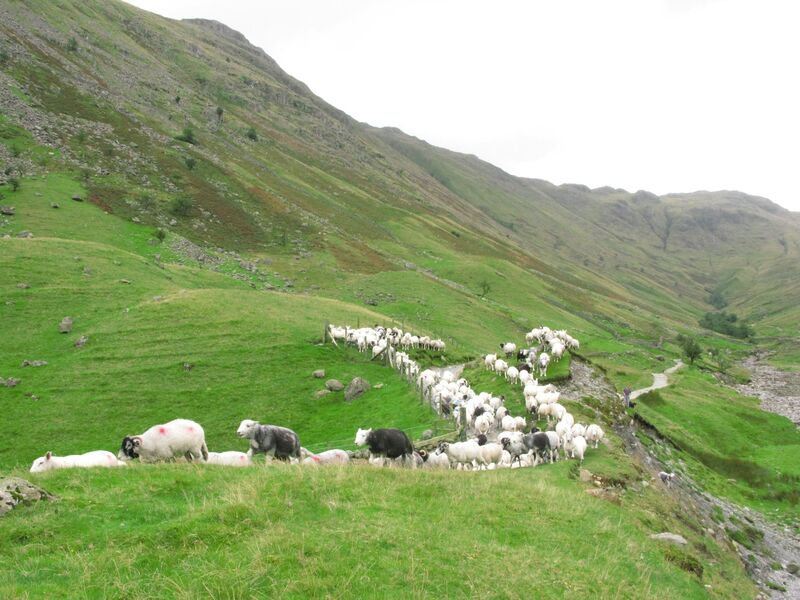
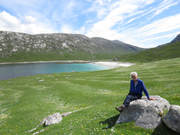
 RSS Feed
RSS Feed